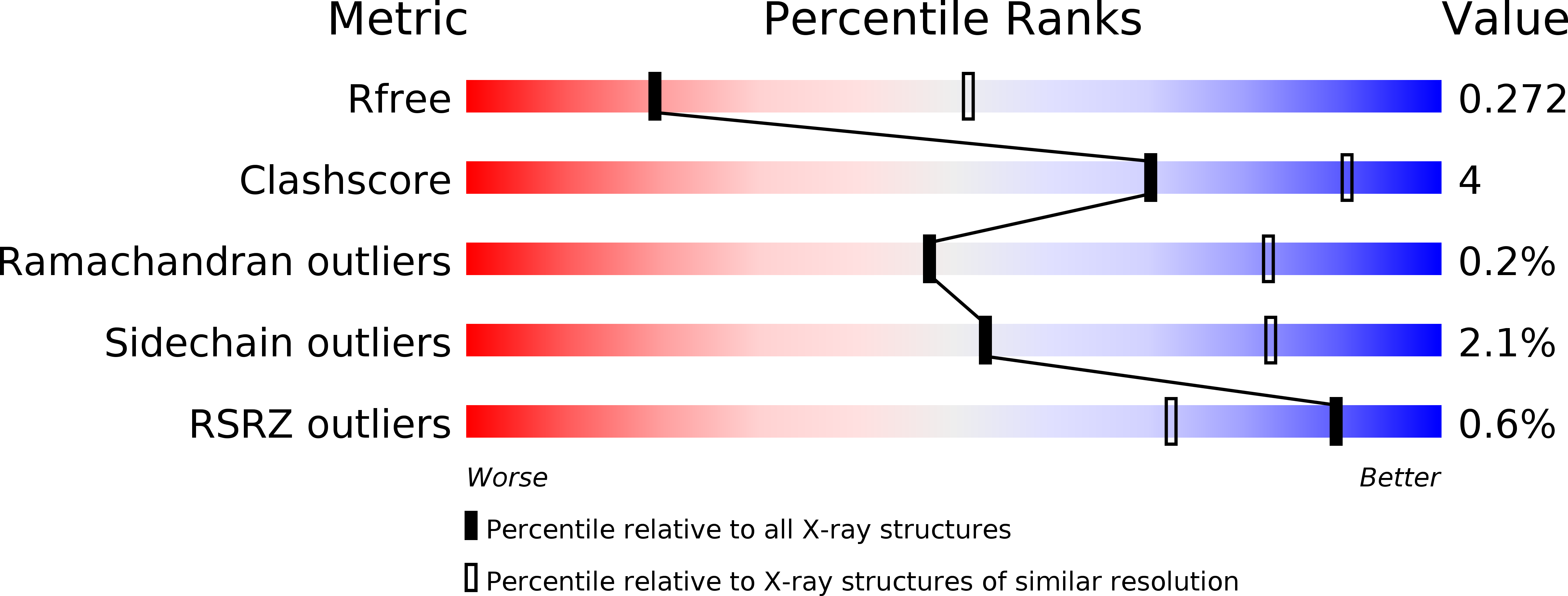
Deposition Date
2013-12-06
Release Date
2014-02-19
Last Version Date
2024-11-13
Method Details:
Experimental Method:
Resolution:
3.00 Å
R-Value Free:
0.27
R-Value Work:
0.23
R-Value Observed:
0.23
Space Group:
C 1 2 1


